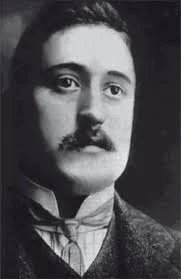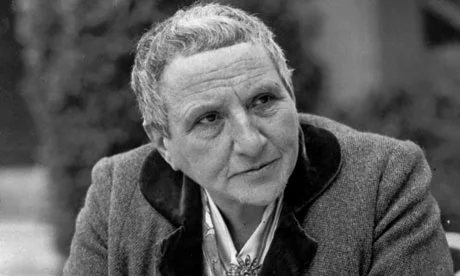Pablo Picasso's Friends
In 1898, when Picasso returned to Barcelona, he began to frequent the pub Els Quatre Gats, an emblem of modern Bohemia, where he would have his first individual exhibition. Picasso made friends with Jaime Sabartés and Carlos Casagemas here.
Casagemas committed suicide in Paris after trying to murder his lover Germaine – a dancer in the Moulin Rouge, which was frequented by the circle of Spanish artists. Picasso, motivated by and sensitive to the death of his friend, painted a piece named Evocation (The Burial of Casagemas), an allegorical painting that portrayed the beginning of his movement into the Blue Period.
In April 1904, Picasso set up in Bateau-Lavoir, situated in the neighborhood of Montmartre in Paris, in the studio that his friend the sculptor Paco Durrio had available. Here, Picasso renewed contact with several Spanish artists who also lived in Bateau-Lavoir, especially with Ricard Canals, who taught him the etching technique in September of the same year.
In October 1904, Picasso met poet André Salmon and Guillaume Apollinaire, poet and writer, precursors to Surrealism. He formed a close relationship with them. Apollinaire was arrested under suspicion of stealing the Mona Lisa from the Louvre and of being part of an international gang. Apollinaire mentioned his friend Picasso, who was also taken in for interrogation. They were both later exonerated.

Guillaume Apollinaire
Picasso's friend Max Jacob is also from this time period. Picasso maintained a close relationship with him until Jacob's death in 1944. The poet would later recall that he discovered Picasso's work and, being an art critic, expressed his admiration for the painter's talent. Shortly after, Jacob received an invitation from Mañach to meet his young artist (Picasso was eighteen years old at the time); they spent the entire day looking at the vast works of Picasso, who in that period painted one or two pieces a night and sold them for ₣150 in Rue Laffite.
Gertrude Stein and her brother Leo had moved to Paris, and they dedicated their fortune to gathering an extraordinary art collection. Leo and Gertrude went to visit Picasso's studio and they bought numerous works for ₣900. Picasso became a regular visitor in Gertrude Stein's reception room and in her Paris apartment; Picasso painted a portrait of Leo and his son Michael and the famous Portrait of Gertrude Stein. Gertrude was the one who encouraged Picasso and Matisse to meet.
During the spring of 1907, Picasso met Georges Braque, with whom he would work, through Apollinaire.
Picasso met Jean Cocteau in 1915. He would suggest that Picasso work on the sets and designs for Sergei Diaghilev's Russian ballet.

Gertrude Stein
On February 19, 1917, Picasso arrived in Rome with Cocteau to join Diaghilev and the Russian ballet. When he wasn't working, Picasso socialized with Diaghilev, the choreographer Massine, the set designer Léon Bakst, Cocteau and Igor Stravinsky, of whom Picasso made quick portraits and caricatures. In March 1917, Diaghilev took Picasso, Stravinsky, Cocteau, and Massine on a trip to Naples. From there, they visited the ruins of Herculaneum and Pompeii.
Another friend of Picasso was the sculptor Julio González, whose studio on la rue de Médéah he visited frequently to continue learning welding techniques. In the spring of 1929, he completed a sculpture in welded and painted iron, Woman in the Garden, in González's studio. Picasso also began his first studies for Crucifixion, which he would complete in 1930.
Additionally, Paul Éluard, a French poet who played a significant part in cultivating Dadaism and Surrealism, was also found among his friends.
Picasso painted portraits of nearly all his friends and they all helped him in his rising career in some way.